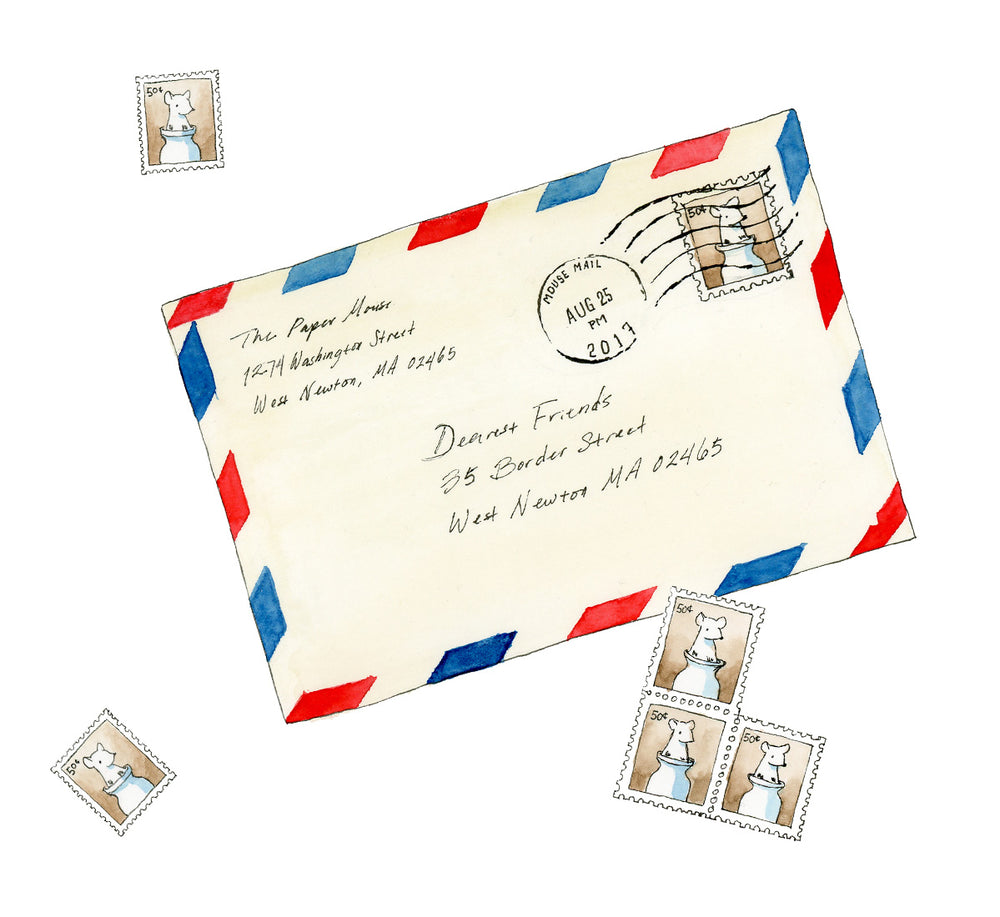Pen Guide
Pen preferences are a highly personal matter. For such a small object, there can be a great deal of variation between writing mechanisms, design elements, and small details that make the difference between a joyful writing experience and a hard slog. So we’ve created some resources to help you find your way around the wonderful world of pens.
Pen Types
There are a few different categories of pens to be aware of:
 |
Fountain pens have a nib that uses capillary action to draw down ink to write with. They use a water-based ink that flows out very smoothly. |
 |
Ballpoint pens have a small ball bearing in the tip that turns and draws ink out of the cartridge. They use an oil-based ink that doesn't smudge. |
 |
Rollerball pens have the same mechanism as ballpoint pens, but similar to a fountain pen, they use a smooth-flowing water-based ink. |
 |
Gel pens also use a ballpoint mechanism, but they use a gel-based ink that is known for being very vibrant and smooth. Gel ink takes longer to dry and can smudge more easily. |
 |
Felt tip pens and brush pens have porous fibers that draw down ink to write with. Unlike other pens, felt tip pens may use a variety of different ink types. |
 |
Pointed pens are used for calligraphy or drawing and feature a metal nib that is dipped in a bottle of ink. |
Pen Guides
Looking for a great pen to give as a gift, or for an affordable pen you won't be afraid of losing? Our pen guides help you navigate the options.
 Out-of-the-Ordinary Pens |
 Choosing Calligraphy Tools |
 Our Favorite Gift Pens |
 Affordable Everyday Pens |
Fountain Pen Ink Chart
Looking for just the right shade of ink for your fountain pen? Our ink comparison chart shows them all side-by-side.
Calligraphy Ink Chart
Looking for a calligraphy ink? Our ink comparison chart shows them all side-by-side.
 |
 |
 |
 |
 |
 |
 |
 |
 |
 |
















































